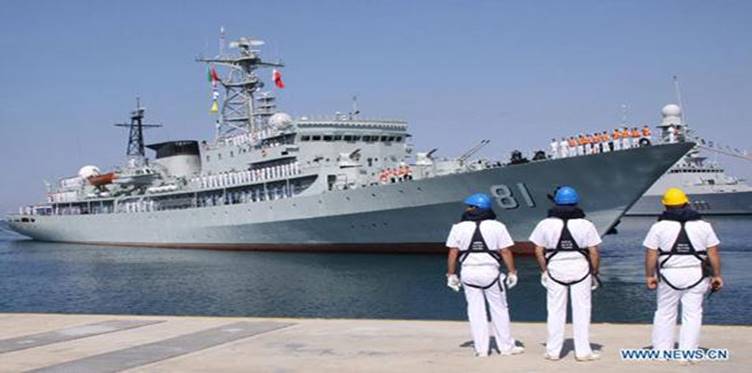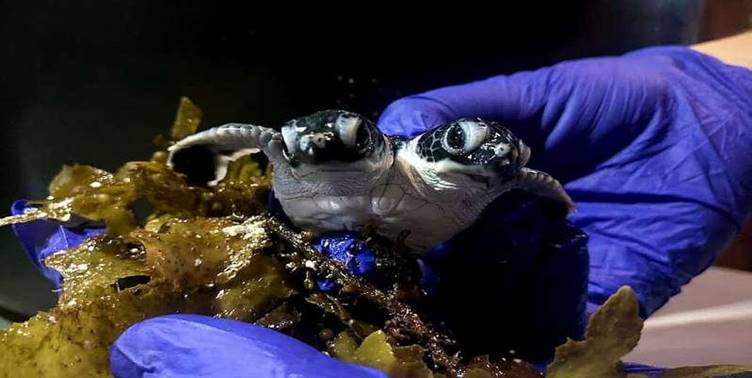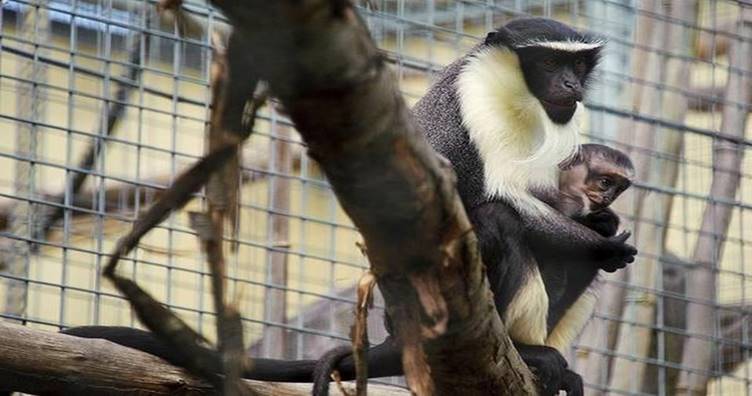



SEBI opposes Centre’s proposal to transfer surplus money to CFI
SEBI opposes Centre’s proposal to transfer surplus money to CFI
News Important for: GS Paper – 3 I Indian Economy and issues relating to Planning.
Context
Securities and Exchange Board of India (SEBI) has opposed to transfer its surplus funds to the government.

Analysis
â— SEBI has opposed the government’s proposal to transfer surplus money with the Securities and Exchange Board of India (SEBI) to the Consolidated Fund of India (CFI).
â— The capital markets regulator feels that the proposal would undermine its autonomy and its ability to function effectively towards the progress and development of the Indian securities market.
â— The government has proposed an amendment to the SEBI Act, which states that the SEBI would constitute a reserve fund and 25% of the annual surplus of the general fund would be put in the reserve fund.
â— Further, the size of such reserve fund cannot exceed the total of annual expenditure of the preceding two ï¬nancial years.
â— The surplus of the general fund, after factoring in all the SEBI expenses and the transfer to the reserve fund, needs to be transferred to the CFI as per amendments proposed in the Finance Bill, 2019.
â— SEBI had said that the proposal was “regressive” especially since the SEBI did not have any mandate to raise revenue for the government.
â— All the penalties levied by the SEBI already go to the CFI.
â— Similarly, settlement amounts are also credited to the CFI.
◠The general fund of the SEBI, which currently has a balance of over ₹3,000 crore, is used to meet the expenses of the regulatory body, including salaries and allowances.
â— The fund gets money via charges that the SEBI levies on market participants in the form of registration or processing fees
Source link:
India Afghan Relations
News Important for: GS Paper – 2 I India and its neighbourhood relations.
Context
India and Afghan relations are at stake due to changing global dynamics.

Challenges to India
â— The Taliban conflict and India’s less involvement in the matter and no specific stand on the issues of peace and tranquillity welcomes criticism from various international authorities.
â— Pakistan blocks the supply and trade between both the countries now and then for various purposes.
â— Geographical limits do not allow free flow of trade between both the countries.
â— Growing terrorism in Afghanistan under influence of Al Qaeda and ISIS has created security concerns for India.
â— Afghanistan, in the Golden Crescent, has been one of the most extensive opium-producing areas and drug, trafficked from Afghanistan into the Indian states like Punjab, has affected its youth and has also promoted terrorism and organized crime.
â— In 2011 Afghanistan and Pakistan signed Afghanistan Pakistan Trade and Transit agreement (APTTA) which has been restrictive in the bilateral trade between India and Afghanistan
â— Growing Chinese influence in Afghanistan has also created a diplomatic challenge for India.
Steps taken by India
â— India helped build Delaram-Zaranj highway connecting the Delaram district in Afghanistan to the border of Iran. It will provide Afghanistan with another outlet to a seaport in Chabahar in Iran and also facilitate its bilateral trade with India.
â— India has constructed Afghan-India Friendship Dam (earlier known as Salma Dam) in Herat province.
â— As a goodwill gesture, India constructed new parliament building in Afghanistan
â— India also established Agriculture University ANASTU in Kandahar in 2014.
â— India has constructed over 2,500 miles of roads in Afghanistan.
â— India has built over 200 public and private schools, sponsors over a 1000 scholarships, hosts over 16,000 Afghan students
â— Many Indian companies are involved in several reconstruction projects in Afghanistan.
â— India is running several programmes for training and capacity building for civil servants and police force in Afghanistan.
Conclusion
â— Indian policy narrative of sustained reconstruction and concerted socio-economic development in Afghanistan has helped bring peace and prosperity in this war torn country. Though changing dimensions may create further challenges which India should be ready for.
Source link:
Naval training ships to have facilities for women
News Important for: GS Paper – 3 I Defence advancement, challenges to Internal Security.
Context
Indian navy is providing facilities on board in order to deploy women.

About
â— The Defence Acquisition Council (DAC) has granted Acceptance of Necessity (AoN) for three Cadet Training ships for the Navy.
â— It would be utilised to provide basic sea training for officer cadets including women officer under trainees.
â— This is the first tender to be issued with design inputs incorporated for separate facilities for women officers.
â— The navy assured that such design changes will be part of all future warships to be procured by the Indian Navy.
â— The process is expected to take about three years to conclude the contract.
â— The ships would be capable of undertaking hospital ship duties, providing Humanitarian Assistance and Disaster Relief, undertaking search and rescue missions and non-combatant evacuation operations.
|
Defence Acquisition Council â— It comes under ministry of defence. â— It is constituted for overall guidance of defence procurement planning process. â— The objective of the Defence Acquisition Council is to ensure expeditious procurement of the approved requirements of the Armed Forces in terms of capabilities sought, and time frame prescribed, by optimally utilizing the allocated budgetary resources. â— All the three forces are deploying women actively. Currently women form 6.7% in Indian navy excluding dental and medical services.
|
Source link:
Fin Min expects no flight of FPIs on higher tax
News Important for: GS Paper – 3 I Indian Economy and issues relating to Planning, Mobilization of Resources, Growth, Development.
Context
In a recent move the Union budget 2019-20 announced higher taxation from individuals with higher income.

What does the budget say?
â— The Budget has announced an increase in the surcharge paid by high net-worth individuals.
◠It effectively increased their tax rate by 3% for those earning between ₹2 crore and ₹5 crore a year, and 7% for those earning more than ₹5 crore annually.
â— The higher tax will only apply to individuals and FPIs registered as trusts, which are also treated as individuals.
â— The FPIs that are registered as companies will not be affected.
◠The Budget proposes a 2% TDS on cash withdrawals exceeding ₹1 crore a year from a single bank account.
â— It would be adjusted against the tax paid by that individual at the end of the financial year.
â— The step is basically taken to stop the outflow of foreign portfolio investment from the country.
|
Foreign Portfolio Investment
â— Foreign portfolio investment (FPI) refers to investing in the financial assets of a foreign country, such as stocks or bonds available on an exchange. â— This type of investment is at times viewed less favourably than direct investment because portfolio investments can be sold off quickly and are at times seen as short-term attempts to make money, rather than a long-term investment in the economy. â— Portfolio investment typically has a shorter time frame for investment return than direct investment. â— As with any equity investment, foreign portfolio investors usually expect to quickly realize a profit on their investments. â— Unlike direct investment, portfolio investment does not offer control over the business entity in which the investment is made. â— As securities are easily traded, the liquidity of portfolio investments makes them much easier to sell than direct investments. â— Portfolio investments are more accessible for the average investor than direct investments because they require much less investment capital and research.
|
Source link:
Turtle with 2 heads born in Malaysia
News Important for: GS Paper – 3 I Biodiversity and environment, Conservation.
Context
Two head turtle has been discovered on the Mabul island of Malaysia.

About
â— A two-headed baby turtle has been born in Malaysia but it only survived a few days after being discovered.
â— It was found Monday on Mabul Island, off the Malaysian part of Borneo.
â— They are capable of coordinating their movements in order to walk and swim.
â— The cause of death was not yet known but added the turtle would have had little chance of surviving in the wild.
â— It was not the first time a two-headed baby turtle has been found.
â— one was discovered in 2014, on an island off Malaysia’s east coast, which survived for three months.
â— Green turtles are one of the largest sea turtles, and are mainly found in tropical and subtropical waters.
Source link:
7,000 species added to IUCN ‘Red List’
News Important for: GS Paper – 3 I Biodiversity and environment, Conservation.
Context
Due to hunting and trade of animals the list of animals in IUCN status is exponentially increasing.

Analysis
â— Each group of organisms face speciï¬c threats, human behaviour, including overï¬shing and deforestation.
â— Wedgeï¬shes and giant guitarï¬shes, known collectively as Rhino Rays due to their elongated snouts, are now the most imperilled marine families on Earth.
â— The False Shark Ray is on the brink of extinction.
â— Humans hunting the animals for bushmeat and severe habitat loss as forest is converted to land to grow food are the basic reasons.
|
The IUCN Red List
â— The IUCN Red List of Threatened Species (also known as the IUCN Red List or Red Data List), founded in 1964. â— It has evolved to become the world's most comprehensive inventory of the global conservation status of biological species. â— It uses a set of criteria to evaluate the extinction risk of thousands of species and subspecies. These criteria are relevant to all species and all regions of the world. With its strong scientific base, the IUCN Red List is recognized as the most authoritative guide to the status of biological diversity. â— A series of Regional Red Lists are produced by countries or organizations, which assess the risk of extinction to species within a political management unit. |
Source link:

© 2025 iasgyan. All right reserved